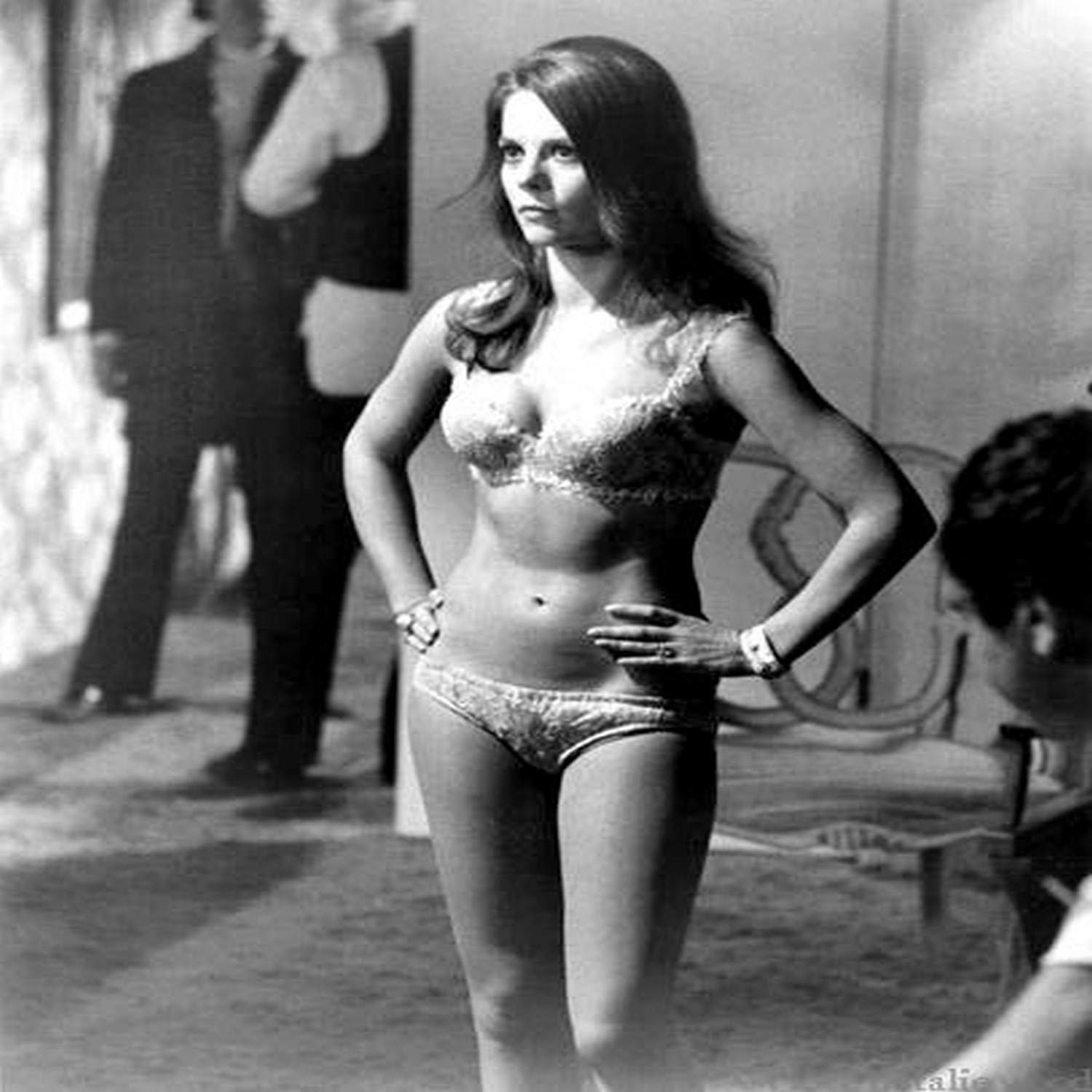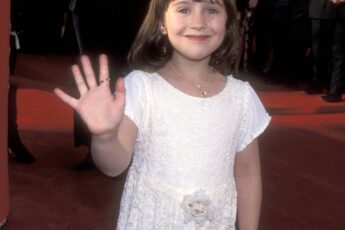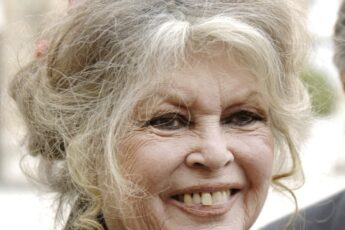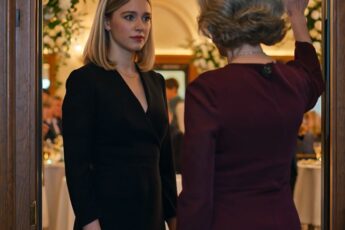Back in the 1960s, Hollywood’s golden era was filled with icons who seemed to embody glamour and allure, and Natalie Wood was undoubtedly among the most captivating. One of her many striking appearances from that time was during a pool party—an iconic image that many still remember vividly. The photo captures Wood in a glamorous bikini, her figure draped in a paisley print that seemed to shimmer under the California sun. She exuded an effortless confidence, with her sun-kissed skin glowing and her hair perfectly styled—nothing overdone, just natural beauty radiating from her. That snapshot has become emblematic of her allure—young, vibrant, and incredibly stunning. It’s a reminder of the timeless charm she possessed that made her a standout star.

The image of Natalie Wood in the poolside scene isn’t just about fashion or beauty; it’s also a glimpse into a cultural moment—one where Hollywood stars often seemed larger than life, yet somehow still so relatable in their humanity. Her presence at that pool party was not merely about aesthetics; it was about a star who, even in a casual setting, could captivate the camera and the camera’s viewers with just a glance or a smile. It’s a type of allure that’s difficult to define but easy to recognize—an authentic magnetism that draws people in and makes every appearance feel like a moment worth remembering.
Fast forward to the late 1960s, and film audiences were captivated by a different kind of story—one that explored the complex interplay of marriage, honesty, and freedom. The film Bob & Carol & Ted & Alice, released in 1969, became not just a cinematic success but a cultural phenomenon for delving into the morality and emotional struggles of the era. It was a movie that laid bare the intricacies of fidelity and honesty, pushing boundaries and challenging traditional views on marriage.
The plot? It centered around two couples—Bob and Carol, who are more conventional, and Ted and Alice, who are free-spirited and open-minded. As the story unfolds, the two couples engage in a series of conversations and experiences that test their beliefs about love, fidelity, and honesty. By the film’s climax, the stakes are raised when the free-spirited Ted and Alice decide to switch wives with Bob and Carol, sparking tensions and realizations that shake their worlds.
In the middle of all this emotional and philosophical chaos stands Natalie Wood, playing Carol—a woman who’s made the difficult decision to be fully honest with her husband about everything, including their extramarital affairs. She is the one who represents the struggle of balancing truth with vulnerability, love with honesty. Her character is a woman who has weighed her options and decided she wants everything out in the open, risking her marriage for the sake of authenticity. The tension ramps up when her husband, Bob, played by Robert Culp, grapples with her honesty, trying to understand what it all means for their relationship.
On the surface, the film explores complex themes—trust, fidelity, modern relationships—set against the backdrop of the swingin’ sixties, but underneath, it’s about the universal human struggle of vulnerability and communication. When we peel back the layers, we see that this wasn’t just a provocative story; it was an honest reflection of a society questioning long-held beliefs about marriage and love. The actors, including Natalie Wood’s character, captured that turmoil with a delicate balance—drama mixed with humor, honesty mixed with confusion.
And let’s not forget the visual impact. Her portrayal of Carol often included moments of quiet intensity—like the times she sits thoughtfully, or when she confronts her husband about her feelings. These scenes weren’t just about plot—they revealed a woman grappled with her own truth, standing at a crossroads of love and independence. Her appearance in those scenes, whether in a stylish shift dress or a simple sundress, carried a sense of authenticity that resonated deeply with viewers. She looked like someone who had found her voice and was daring to use it, even if it meant risking everything.
The dynamic between Bob and Carol—like many relationships—was complex and layered. Their journey in the film mirrored the real struggles many couples faced during social upheaval and cultural change. It was a time of experimentation, of questioning established norms, and of embracing a new kind of honesty—even if it was uncomfortable. And despite the film’s provocative premise, it was clear that everyone involved was trying to portray the complexities of human relationships with sincerity.
Over the years, the film has become an iconic touchstone in discussions about love, fidelity, and honesty. And Natalie Wood’s role in it—her quiet strength, her emotional depth—still echoes with audiences today. Whether she was in a glamorous poolside scene or in a tense, intimate moment discussing relationships, she brought a authenticity that made her characters memorable—real people navigating life’s most difficult questions.




